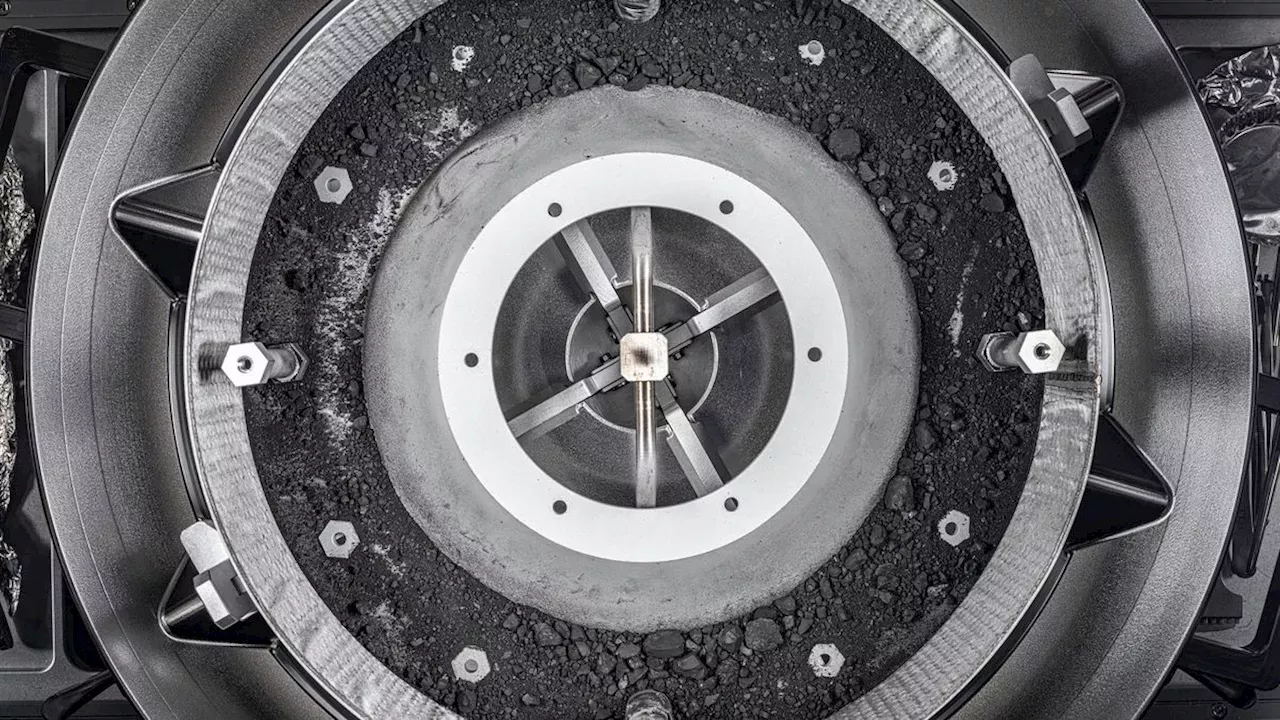Leonard David is an award-winning space journalist who has been reporting on space activities for more than 50 years. Currently writing as Space.
Scientists are now inspecting snagged, bagged and tagged bits and pieces from asteroid Bennu, the cosmic mother lode delivered by NASA's Origins, Spectral Interpretation, Resource Identification and Security — Regolith Explorer mission., that seven-year-long voyage brought home the goods via a sample return canister that came to full stop on Sept. 24, 2023,of the Department of Defense's Utah Test and Training Range.
Bennu samples contain plentiful amounts of water locked up in minerals like clays and are also rich in carbon, nitrogen, sulfur, and phosphorous. OSIRIS-REx samples represent the largest pristine reservoir of such material on Earth. Dante Lauretta, OSIRIS-Rex principal investigator from the University of Arizona, holds replica of the Bennu sample collector device, the Touch-and-Go-Sample-Acquisition-Mechanism head that did its job. OSIRIS-REx samples have a phosphate crust never seen before in meteorites, Lauretta said. These high concentrations of phosphate have been detected in extraterrestrial ocean worlds, he said. "Asteroid Bennu may be a fragment of an ancient ocean world. That's still highly speculative.
By any definition the OSIRIS-REx mission has been a phenomenal success, Zega added,"and now being able to use some of the most sophisticated analytical tools on the planet to measure the samples, it's quite remarkable."
